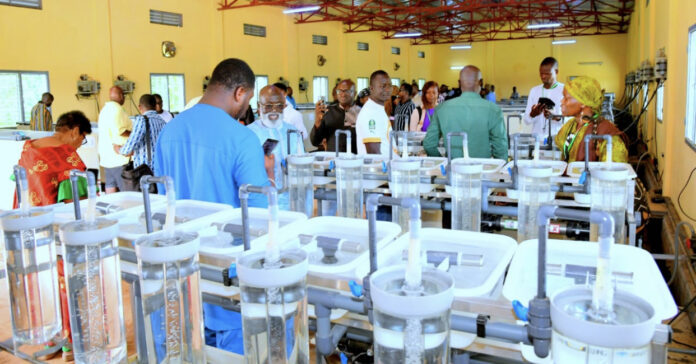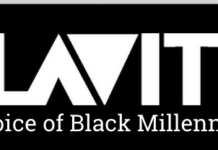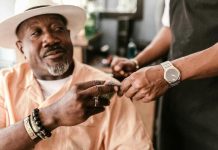Over the course of eight days, August 3-10, I traveled with more than a dozen other delegates to Burkina Faso for its Diaspora Business Investment Forum & Expo, journeying through the heart of the country—from Ouagadougou, the capital, to Tenkodogo in the southeast. The trip promised a memorable experience of culture, history, and connection with the African Diaspora. From the outset I felt the weight of anticipation, of curiosity about what lay ahead, and pride in being part of something greater than myself.
Day 1: Ouagadougou
The day began in Ghana, my adopted home. The Africa World Airlines flight from Accra Airport departed at 10 a.m. My mind raced with questions: Would I be able to fully grasp the culture, the struggles, and the triumphs of the Burkinabé people?
We arrived in Ouagadougou just before noon. Landlocked in West Africa, colonized by the French in 1896, Burkina Faso is home to about 24 million people—3.52 million of whom reside in the capital’s metropolitan area—and more than 70 languages. While French is widely spoken, the official languages are Mooré (spoken by more than half the population), Bissa, Dyula, and Fula. Less than one percent of the population speak English, so I kept my Google translator handy.
A smooth check-in at Hotel Palm Beach, a brief rest, then an enjoyable lunch of grilled free-range chicken with rice and plantains at a local restaurant. The food was flavorful, and I reflected that true nourishment often comes from tradition. I planned to sample the official national dish, Tô (or Saghbo)—a thick paste made from millet, sorghum, or maize flour, served with sauces made from okra, baobab leaves, or peanuts.
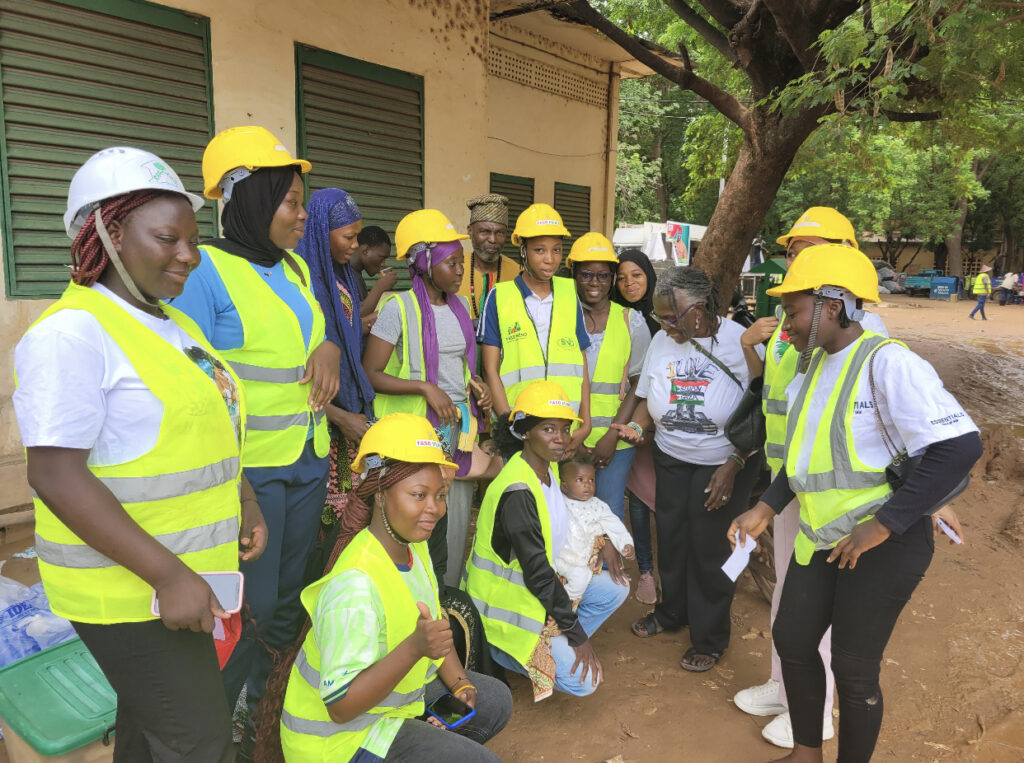
The afternoon brought a Travel & Heritage Tour. First stop was the Thomas Sankara Mausoleum and Memorial Monument, a towering statue of Burkina Faso’s revolutionary leader, commemorating the very spot where he bled to death nearly four decades ago. Standing beside the statue was humbling. Sankara’s ideals of self-reliance and unity resonated deeply with me. Our tour guide spoke of his vision and of his assassination, leaving me with both profound sadness and admiration. Construction on the site began in 2019 and was officially inaugurated on October 15, 2020, marking the 33rd anniversary of Sankara’s assassination.
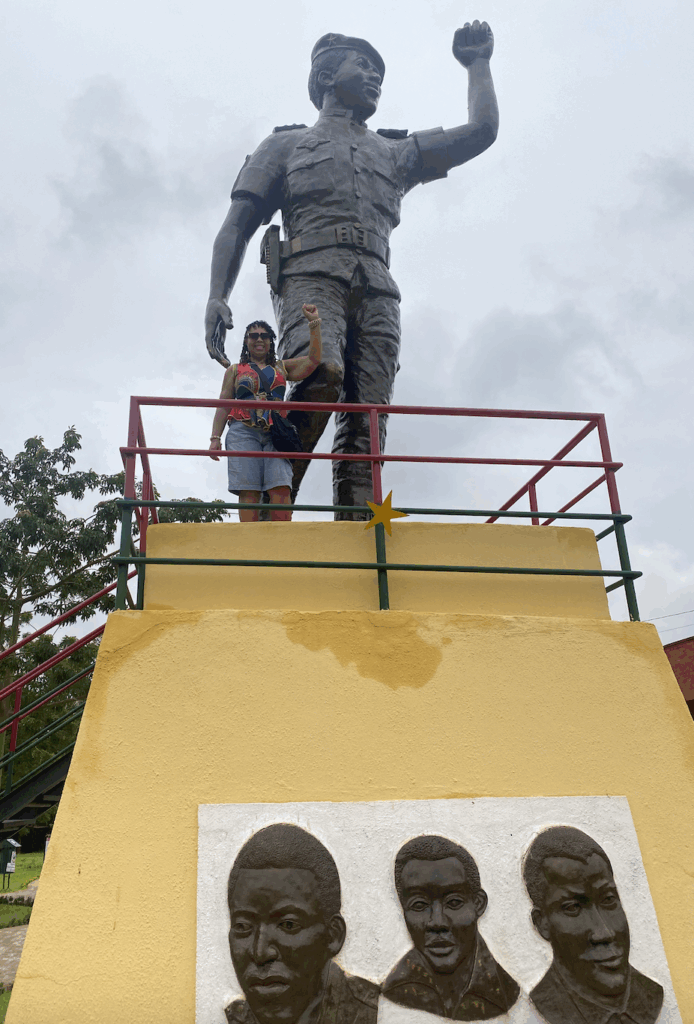
Next stop: the African American Academy, an independently owned, co-ed American-style international school offering a U.S. curriculum to students 4 to 18 years old. Operated under the umbrella of the ACE Foundation, an American non-profit headquartered in Johannesburg, South Africa, the school was established as a pilot project to promote educational innovation and multilingualism in partnership with Burkina Faso’s Ministry of National Education.
Photos of Black leaders lined the hallways. Among them: Kwame Nkrumah, Ghana’s first president; Marcus Mosiah Garvey, Jamaican-born political activist, PanAfricanist and entrepreneur; and physicist Shirley Ann Jackson, PhD, who was honored by The Network Journal among its annual 25 Influential Black Women in Business as the first African American woman to receive a doctorate from MIT, and the first to serve as president at Rensselaer Polytechnic Institute, a top-ranked research university in New York.
The visit to the Academy was a poignant reminder of the shared history of struggle and resilience that ties the African continent to its diaspora. It affirmed my presence not just as a visitor, but also as a participant in a much larger dialogue. Dinner brought lively conversations with fellow delegates, and as night fell, we stepped into Ouagadougou’s nightlife where music, laughter, and connections abounded—a perfect welcome to Burkina Faso.
Day 2: Technology Innovation
Burkina’s technological innovation in action—aimed at meeting the region’s unique challenges—filled me with admiration. Beyond transportation, electrical vehicle manufacturing was about sustainability, independence, and pride—most notably in the first 100-percent indigenous EV brand, ITAOUA. Designed and assembled in the Ouaga 2000 district of Ouagadougou, ITAQUA represents a bold step toward developing local industrial capacity and sustainable mobility.
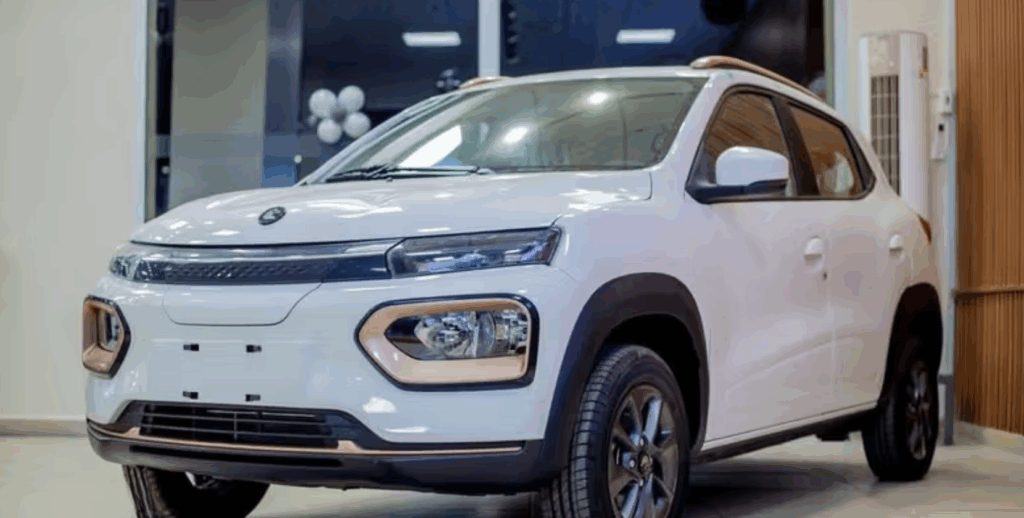
The vehicle offers impressive features: a 330-kilometer range on a single charge and a 30-minute full recharge time; modern conveniences such as a touchscreen dash, GPS, Bluetooth, ABS brakes, and traction control; and solar power, pairing clean energy benefits with practicality suited to Burkina Faso’s sunny climate. Initially priced at US$7,500, high demand raised that figure to roughly $14,000. All the electric vehicles, including the Native and the Sahel models, are manufactured locally in partnership with Chinese firms. However, local engineers lead the assembly and integration processes, a testimony to Burkina Faso’s technical capabilities and its ambition to grow its own automotive industry.
Day 3: Official meetings
The day provided a rare glimpse into Burkina Faso’s political and agricultural infrastructure. Meeting with officials at the Ministry of Foreign Affairs, I listened to their hopes and challenges. These exchanges weren’t just formalities, they also were bridges, addressing, for example, the increasing popularity among diasporans for Burkina citizenship and plans underway to make acquiring it a quick, smooth process.
At the Ministry of Agriculture, eye-opening discussions focused on food security and sustainability. In May 2024, President Ibrahim Traoré’s government distributed 400 tractors to farmers in a national agricultural mechanization initiative to boost local production and support rural communities. To date, the initiative has benefited hundreds of thousands of residents, with expansion envisioned. A session with non-GMO delegates focused on food sovereignty. More than an economic activity, agriculture here clearly was a fight for independence and resilience amid global import pressures.
Day 4: Tenkodogo
A five-hour bus ride after breakfast (88 miles of good-to-bad road conditions) took us to the village of Tenkodogo, population 61,936 as of 2019. The landscape shifted from rolling fields to scattered trees to simple homes that told stories of endurance. Villagers welcomed us with genuine warmth, culminating in a scrumptious lunch of grilled fish, bean fritters, fried rice, mashed sweet potatoes, sauteed spinach and fufu. Fresh fruit for dessert—watermelon, mango, papaya, and pineapple—and hibiscus, tamarind, and ginger drinks rounded out this delicious meal.
After lunch, our delegation listened for two hours as community chiefs and townspeople spoke of their plans for local revitalization. We gained a deeper understanding of their grassroots leadership and the resilience of traditional structures.
Day 5: Diaspora Business Investment Forum & Expo, Tenkodogo
The opening ceremony began after breakfast. The hall buzzed with the energy of more than 350 leaders, innovators, and delegates. The inaugural panel spoke of unity, development, and opportunity. One of the most moving sessions was “Sharing of Success Stories,” where individuals described the adversity they overcame to build thriving enterprises. Panel discussions throughout the day delved deep into various themes. By dinner I felt I was part of something transformative. The night extended into the Forum Village with its plethora of exhibits, business networking, and cultural displays. I became engrossed in conversations that went well past Village hours.
Day 6: Bagré Pole
The morning found us at Bagré Pole, a major agro-industrial growth zone in southeastern Burkina, built around the Bagré Dam on the Nakanbé River, also called the White Volta. Large-scale irrigation and development projects gave context to earlier discussions. After lunch I explored Tenkodogo’s industrial zone, where women are a strong force in construction, and a fish farm where machines roared and workers moved with purpose. The zone is a testament to the country’s determination to industrialize and create opportunities for its people.
That night, the Forum Village once again came alive with the disc jockey’s mix of world-renowned music, animated by live traditional dances. Business cards changed hands, cultural performances lit up the stage, and I felt a sense of belonging in this community of dreamers and doers.
Day 7: Last day of the Forum
The morning began with investment projects presented to the visiting Diaspora. There were opportunities in treasury bonds, auto exporting, farming, solar panels, electric motorcycles, and a tomato-canning factory, and a swath of other ideas. I was struck by the ambition and clarity of vision of the local entrepreneurs. Their presentations weren’t mere ideas. Rather, they were actionable projects that could shape the future of Burkina Faso. A master class later in the day provided practical tools for collaboration and investing. The session was exhausting but as rewarding as previous ones. Our delegation returned to Ouagadougou that evening, filled with a sense of purpose and connection.
Day 8: Journey’s end
My farewell to Burkina Faso was bittersweet. Looking through the window from the plane for a last glimpse of the land, I thought about all that I had experienced—the history, culture, people—and the struggles and triumphs I had witnessed. I stood before monuments to history, shook hands with leaders, listened to villagers, shared meals with people whose stories touched me deeply. This was a journey of understanding, a bridge between the Black Diaspora and the African continent, a reminder of the power of shared vision. I thought once again that travel was not only moving from one place to another, but also about deepening human connection.
I left Burkina Faso with a piece of it in my heart, returning home to Ghana with inspiring memories and a renewed commitment to contribute, in whatever way I can, to the dream of a united, self-reliant, and thriving Africa.

